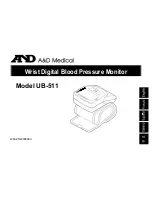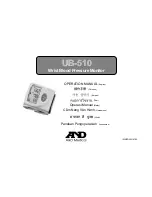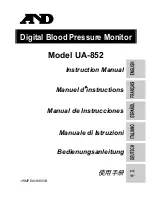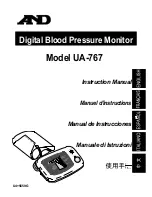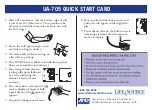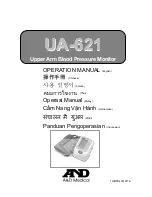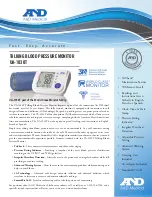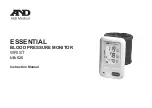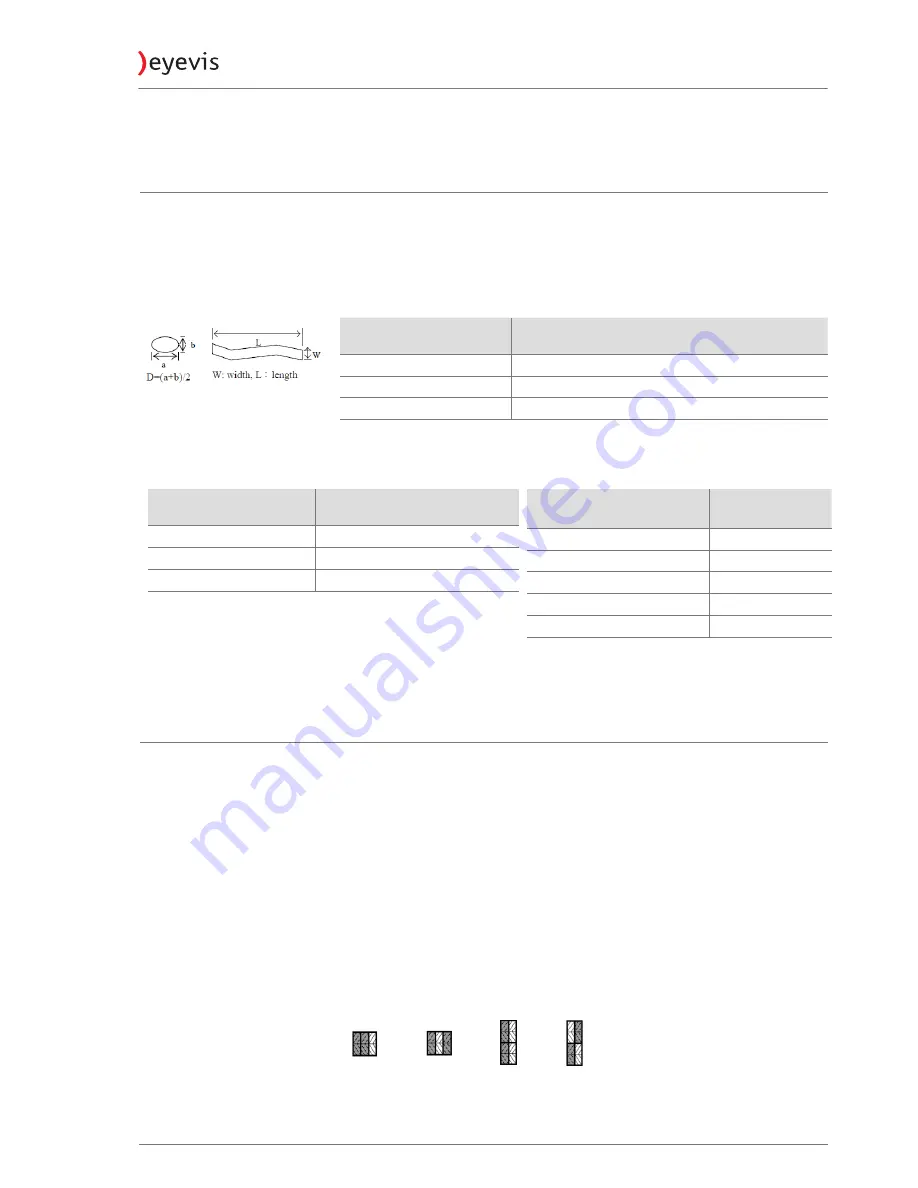
Evaluation of visual range
Pollutions
By the production process and handling of the displays occurs kinds of
pollution in range of vision. It applies to inclusions, blistering, depressions,
marks, scratches. The following tolerance limits is specified for bonded glass
surfaces and optional touch surfaces:
Tolerance limits for bonded glass surfaces
Kind of pollution
Critical value
Inclusions / Marks
0,5 < D ≤ 1,2 mm, N ≤ 16
Depressions / Blistering
0,3 < D ≤ 1,2 mm, N ≤ 16
Scratch / Lints
0,15 < W ≤ 0,25 mm, 0,3 < L ≤ 10,0 mm, N ≤ 10
Tab. 7: Critical values of pollutions for bonded glass surfaces
Tolerance limits for optional touch surfaces
Pollution Category
Critical value
Inclusions / Marks
D ≤ 1,5 mm
Depressions / Blistering
D ≤ 1,5 mm
Scratch / Lints
W ≤ 0,25 mm, L ≤ 15,0 mm
Tab. 8: Critical values of pollution for touch surfaces
Acceptable total number
[G] of defects
Critical value
Panel size to 55"
N ≤ 8, G ≤ 12
Panel size from 56" to 65"
N ≤ 9, G ≤ 14
Panel size from 66" to 70"
N ≤ 11, G ≤ 15
Panel size from 71" to 82"
N ≤ 14, G ≤ 18
Panel size from 83" to 110"
N ≤ 16, G ≤ 24
Tab. 9: Acceptable total number of defects for touch surfaces
D = diameter, L = length, W = width, N = number of pollution of a category , G = total number of
mechanical defects or surface pollutions
Failure of pixel
A image point (Pixel) consist of 3 sub pixel with basic colour red, green and
blue. The physical dimension of a pixel (also called pixel pitch) differs
depending on the model (look at the data sheet for more information). If a
pixel failure is larger than 1/2 pixel, it counts as pixel failure according to
definition. 3 kinds of pixel failures are differentiated:
•
Permanently bright pixel.
The bright pixel is permanently and with constant size at black testing
image.
•
Permanent dark pixel.
The pixel appears permanently dark and constant size at red, green and
blue testing image.
•
Two pixels lying next to each other.
Two directly bordering pixels shows a defect.
For more information about acceptable number of dot defects according to ISO
9241 for Class II, see chapter „Overview acceptable total number of dot defects“ on
page 60.
EYE-LCD-8500-QHD-LD
59
Version 1.2 | May 2015































